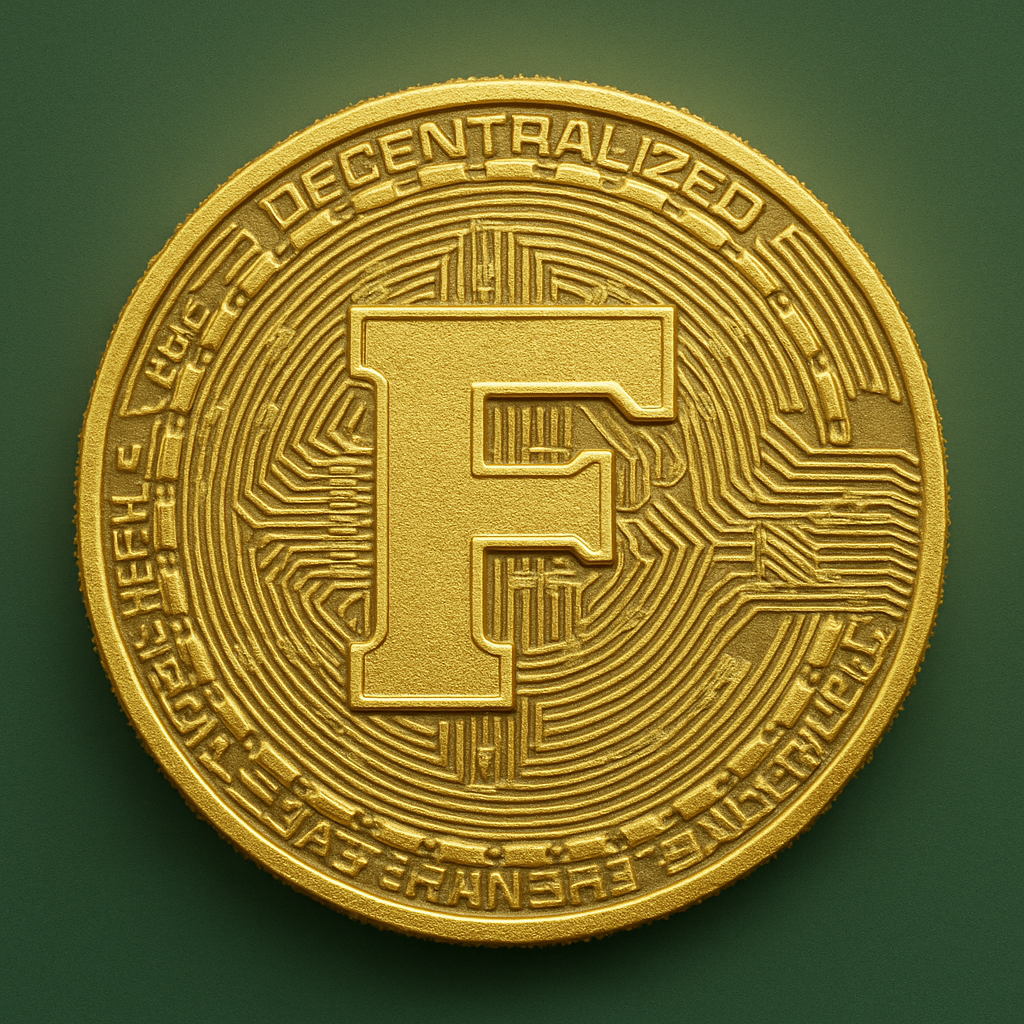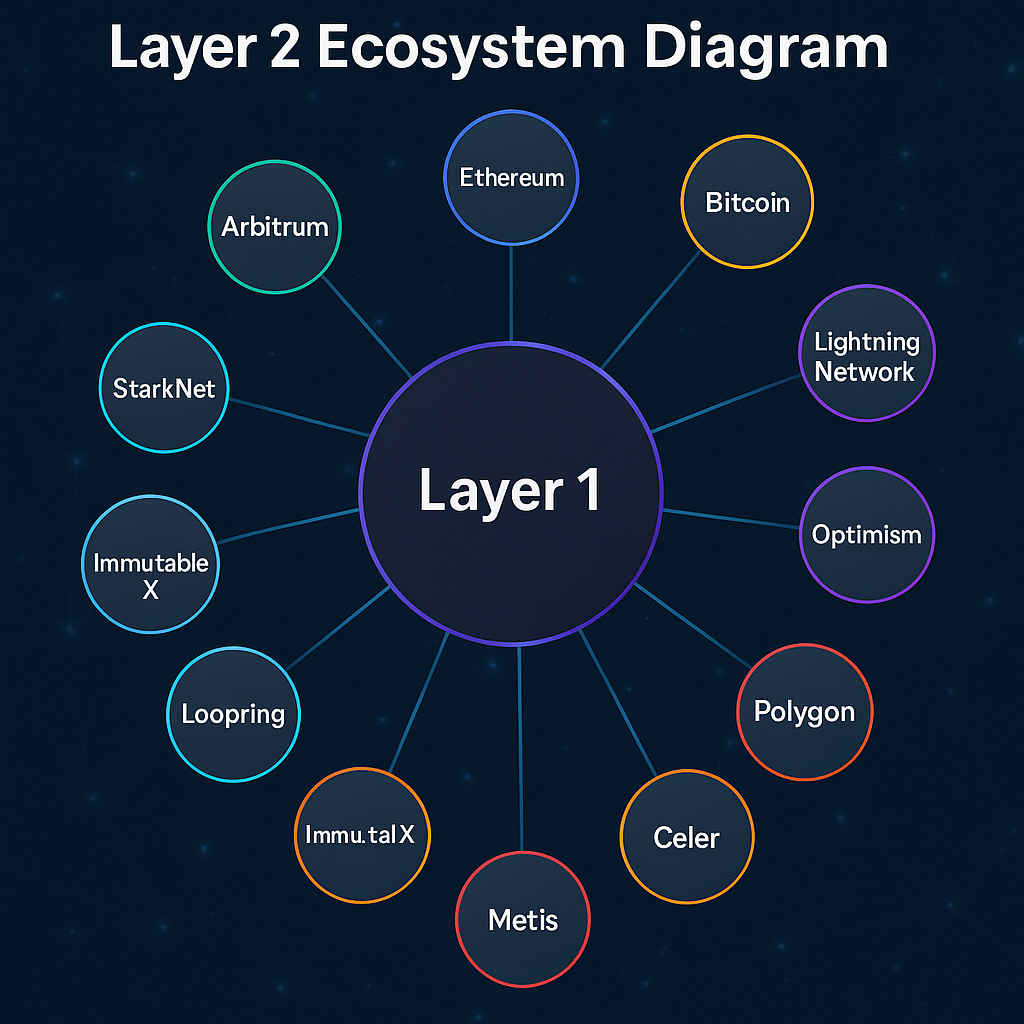
Lesson 2: Layer 2 Scaling Solutions
Crypto World - Advanced Level
← Back to TopicsWhy Scaling is Needed
As Ethereum and other blockchains gain popularity, they face congestion, high fees, and slow speeds. Layer 2 solutions aim to solve these problems by processing transactions off the main chain (Layer 1) while still relying on its security.
What is Layer 2?
Layer 2 (L2) is a secondary framework or protocol built on top of an existing blockchain. It enhances scalability and reduces costs by handling transactions separately and later settling them on Layer 1.
Think of it like: A highway built above a crowded road — moving fast without changing the core road structure.
Main Types of Layer 2 Solutions
- Rollups: Bundle hundreds of transactions into one. Comes in two forms:
- Optimistic Rollups (e.g., Optimism, Arbitrum) – assumes transactions are valid unless challenged
- zk-Rollups (e.g., zkSync, StarkNet) – use cryptographic proofs to ensure validity
- Plasma: Creates child chains that periodically report to Ethereum
- State Channels: Allow parties to transact off-chain and only report final state
- Sidechains: Independent blockchains that communicate with Layer 1 (e.g., Polygon PoS)

Benefits of Layer 2
- ⚡ Faster transactions
- 💸 Lower fees
- 🔐 Maintains Ethereum-level security (depending on implementation)
- 🌍 Enables broader adoption and dApp usability
Next: Explore how blockchains talk to each other with cross-chain solutions.
Next Lesson →